Imaging Projects
In this blog, I will share the results of all of my imaging projects. The newest will be at the top and the oldest will be further down the stack. Going back in time here is interesting - some of my early stuff was pretty rough - but I did not see it that way at the time - I was thrilled to get anything back that looked like an image! Hopefully, you will see how my work has progressed with time!

SH2-171 – The Teddy Bear Nebula - 33.5 Hours of SHO
This project explores Sh2-171, part of the NGC 7822 star-forming complex in Cepheus, a sprawling H II region about 3,000 light-years away where hot young stars are carving pillars and cavities into the surrounding gas. Captured over 33.5 hours in narrowband SHO with an Astro-Physics 130 mm Starfire and ASI2600MM-Pro, the image reveals the intricate structure and subtle filaments of this faint but remarkably active stellar nursery.

IC 5070 - The Pelican Nebula! 18.75 hours of SHO (my longest integration yet!)
My third attempt - and my finest - at IC 5070 - The Pelican Nebula.
This is the result of almost 19 hours of narrowband exposure on my Williams Optics 132 FLT APO platform with a 0.8 reducer and an ASI2600MM-Pro camera.
This was another image that was captured from my new observatory tht allowed capture on marginal nights.
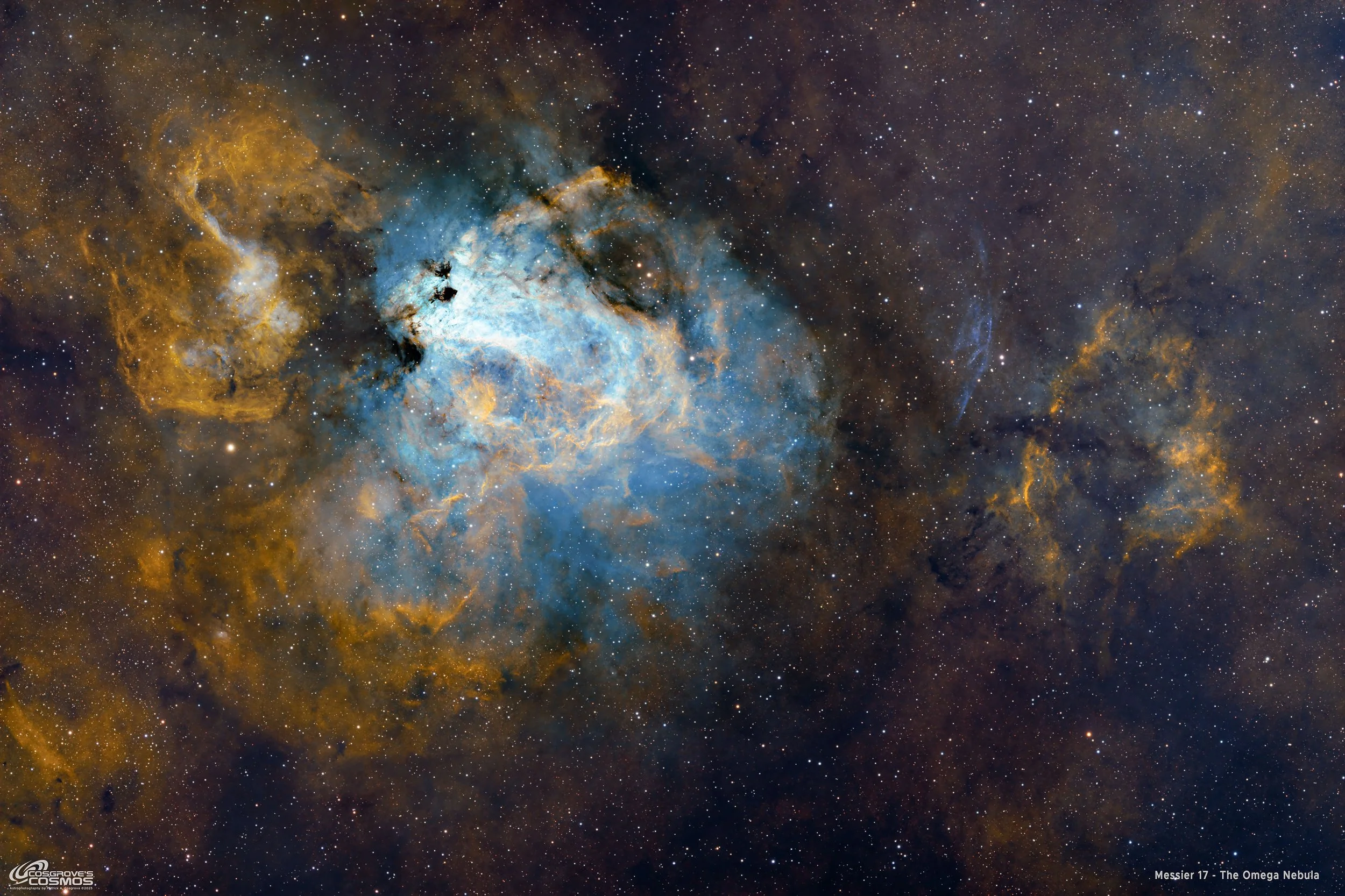
Messier 17 - The Omega Nebula - Victory After Heartbreak! (17 hours SHOrgb on M17!)
Messier 17, The Omega Nebula, is a bright and popular target in the summer constellation of Sagittarius.
This image is the result of 17 hours of SHOrgb exposure on my William Optics 132 LFT platform.
The narrowband view of this shows the target in a way that is not often seen.
Considering that this project started with three nights of exposure, where 2 of the nights had all of the frames out of focus, I am really happy with the final results.
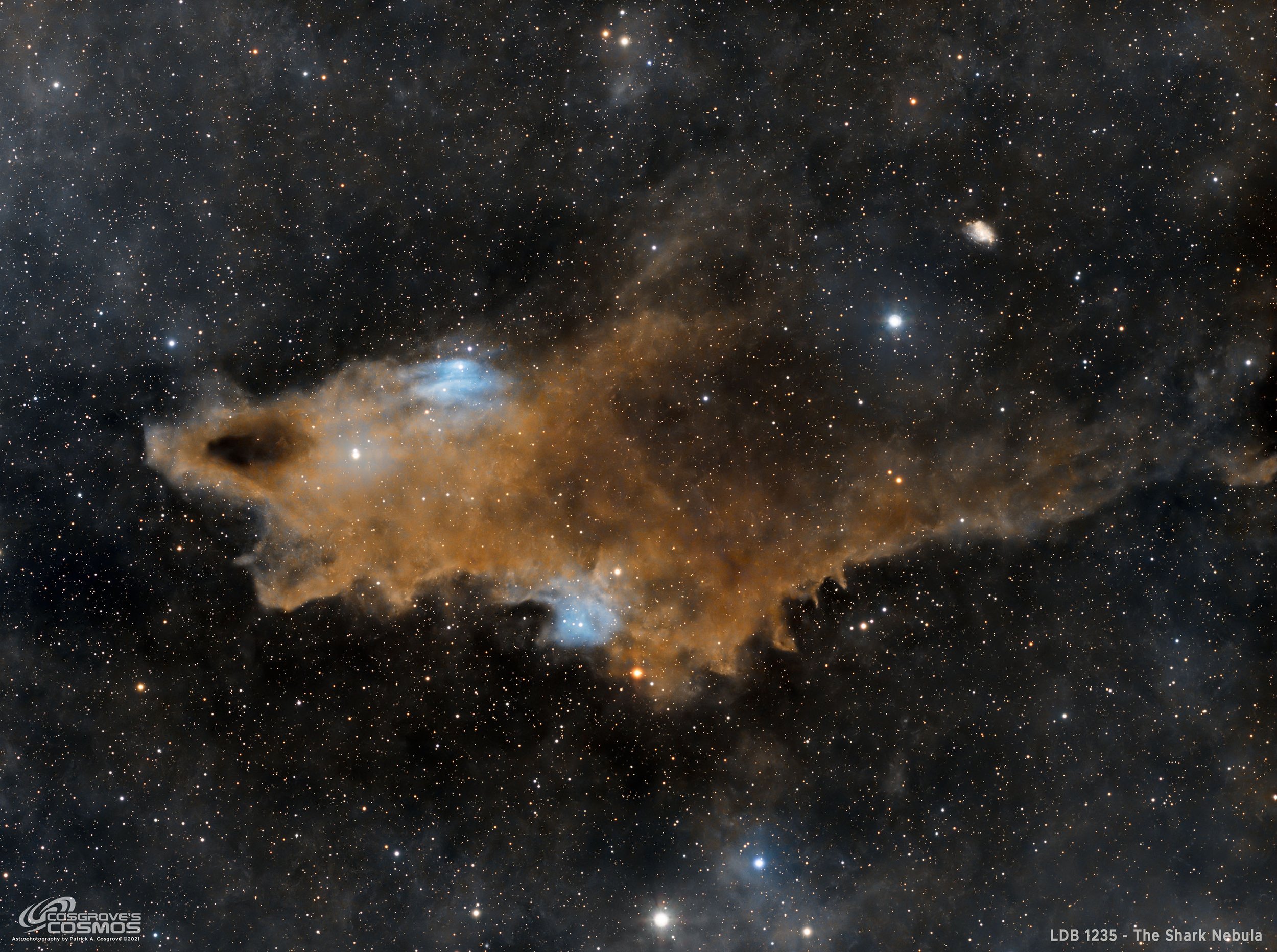
LDN 1235 - The Shark Nebula - My 1st Attempt at a Dark Nebula (7.4 hours LRGB)
My first dark nebula image!
This image results from 7.4 hours of LRGB exposure with my FRA400 scope.
This was a challenging image to process as the nebula was so tenuous. I also had to deal with microlensing effects on the bright stars due to the ASI1600MM-Pro sensor.
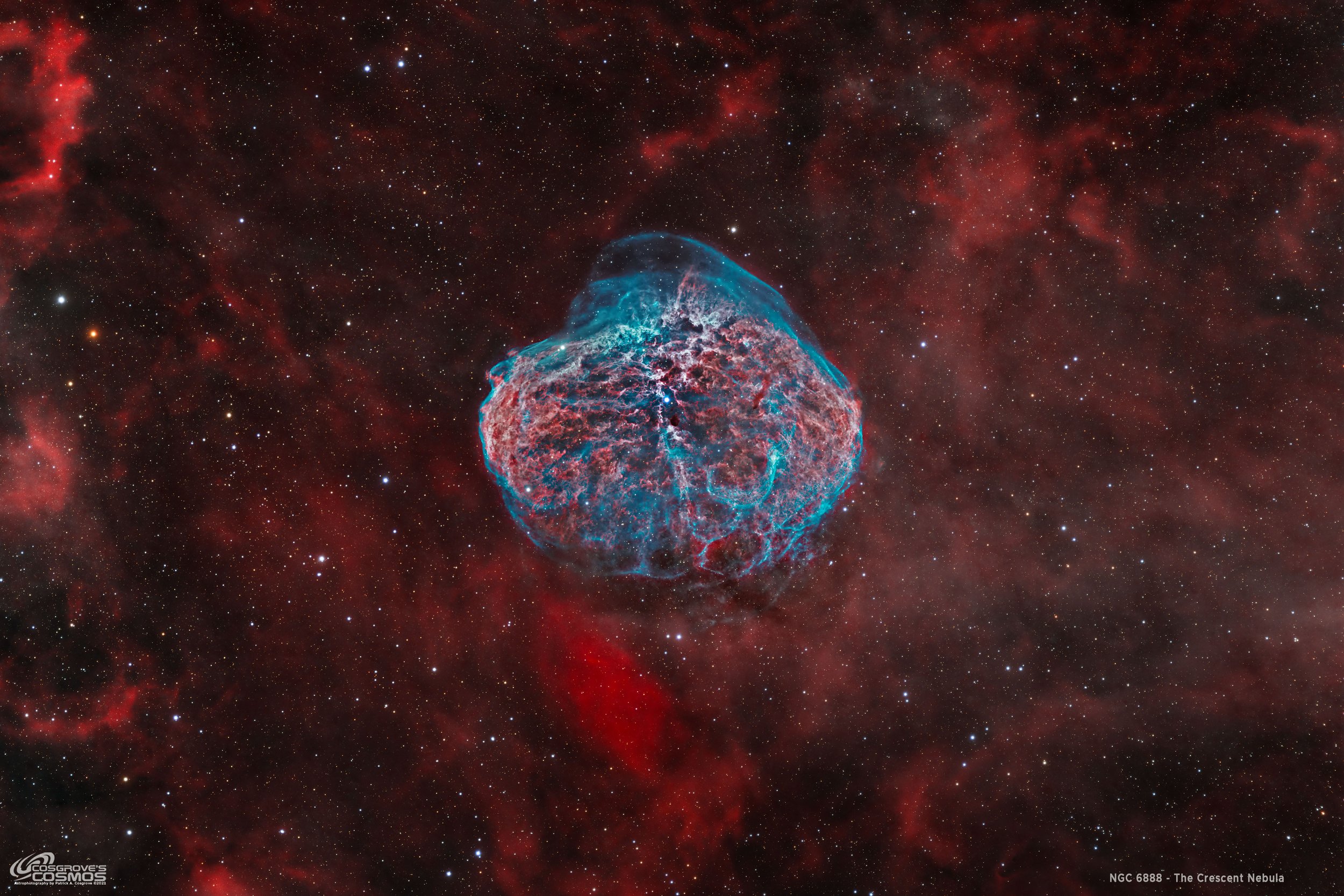
NGC 6888 - A Reprocess of The Crescent Nebula ~11 hours in HOOrgb
NGC 6888 - The Crescent Nebula is a famous emission nebula located in the constellation of Cygnus. This is a reprocessing project using image data first captured in September 2022.
SInce. I have no new data to process due to the wildfire smoke, I decided to use some new tools and processes to see if i could pull more details out from the O3 shell that surrounds the nebula.
THe resulting image show much more O3 detail - including some interesting convection cells towards the bottom of the nebula
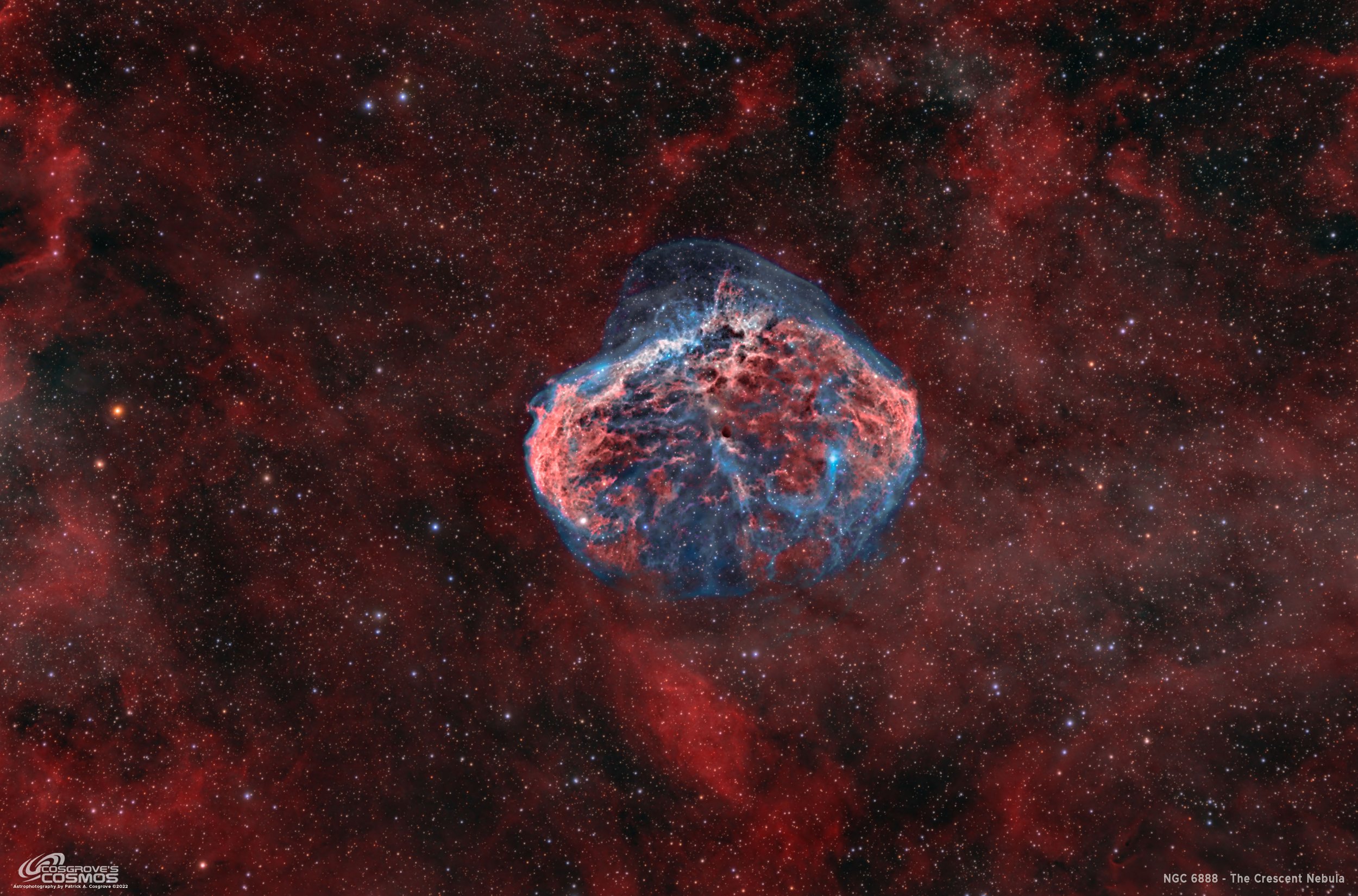
NGC 6888 - The Crescent Nebula - 12.9 hours in HOOrgb
NGC 6888 - The Crescent Nebula is a famous emission nebula located in the constellation of Cygnus. This is my third time imaging this target, and this is clearly my best take on it yet! This image is the result of 12.9 hours of narrowband and broadband integration - all shot on my Astro-Physics 130mm EDT and a ZWO ASI2600MM-Pro camera, I shot this as a bi-color HOO image an dused RGB data stars in it. Extensive use of starless processing was used to get this result. See more details in the posting.
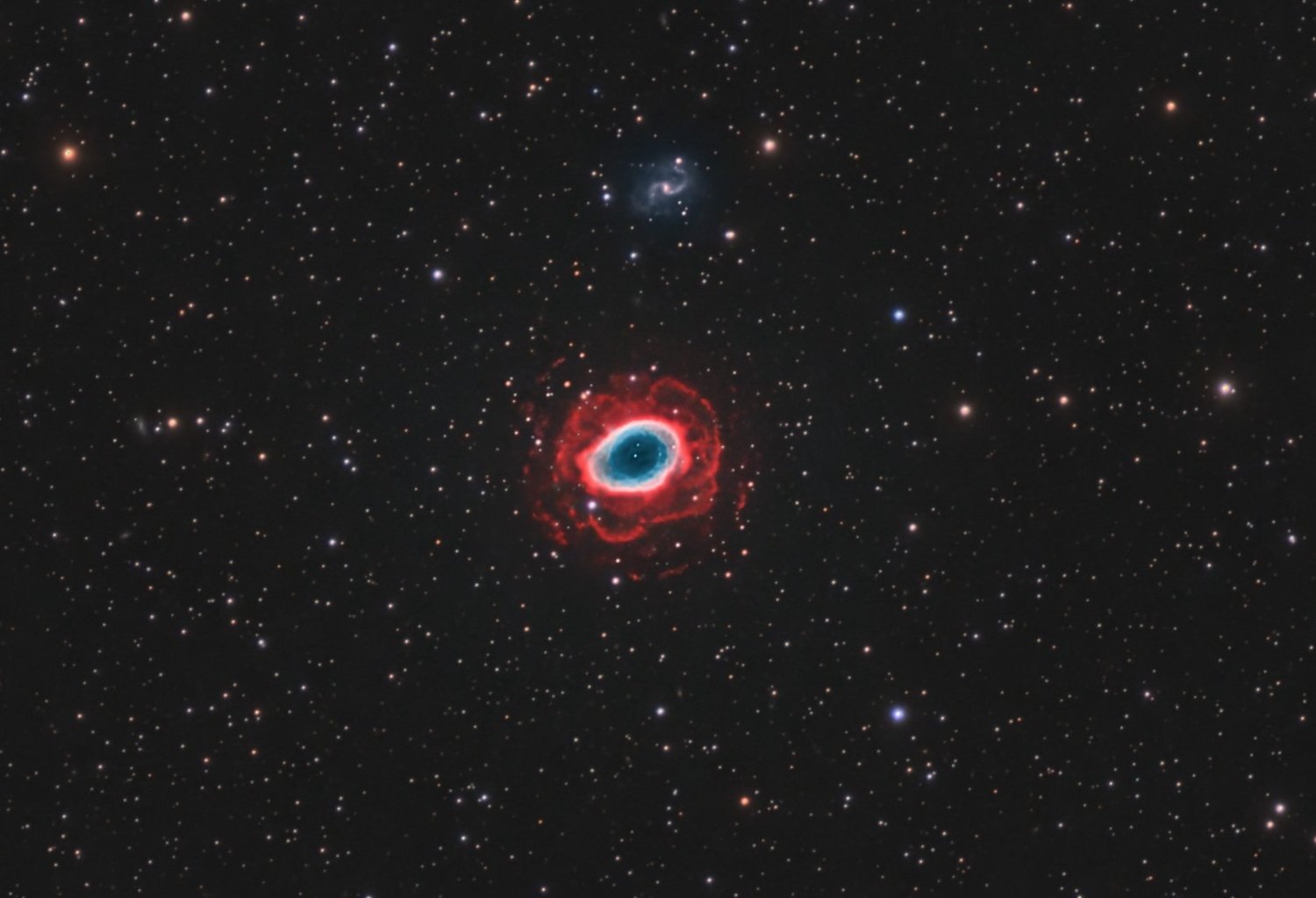
Messier 57 - The Ring Nebula - 14.7 hours in LHaRGB - Capturing the Outer Ring!
Messier 57, the Ring Nebula has long been a visual favorite of mine. It is also a target that I have shot two times before with poor results due to its small size. This time I wanted to try to do the best job I could, given the limitations of my current gear. I also wanted to get a really long integration. Finally, I wanted to add Ha data in an attempt to capture the red outer gas rings that are not seen visually and often not seen in the typical amateur images. While I ran into problems on the way, did pretty well in meeting my goals. See the full post for the entire story!
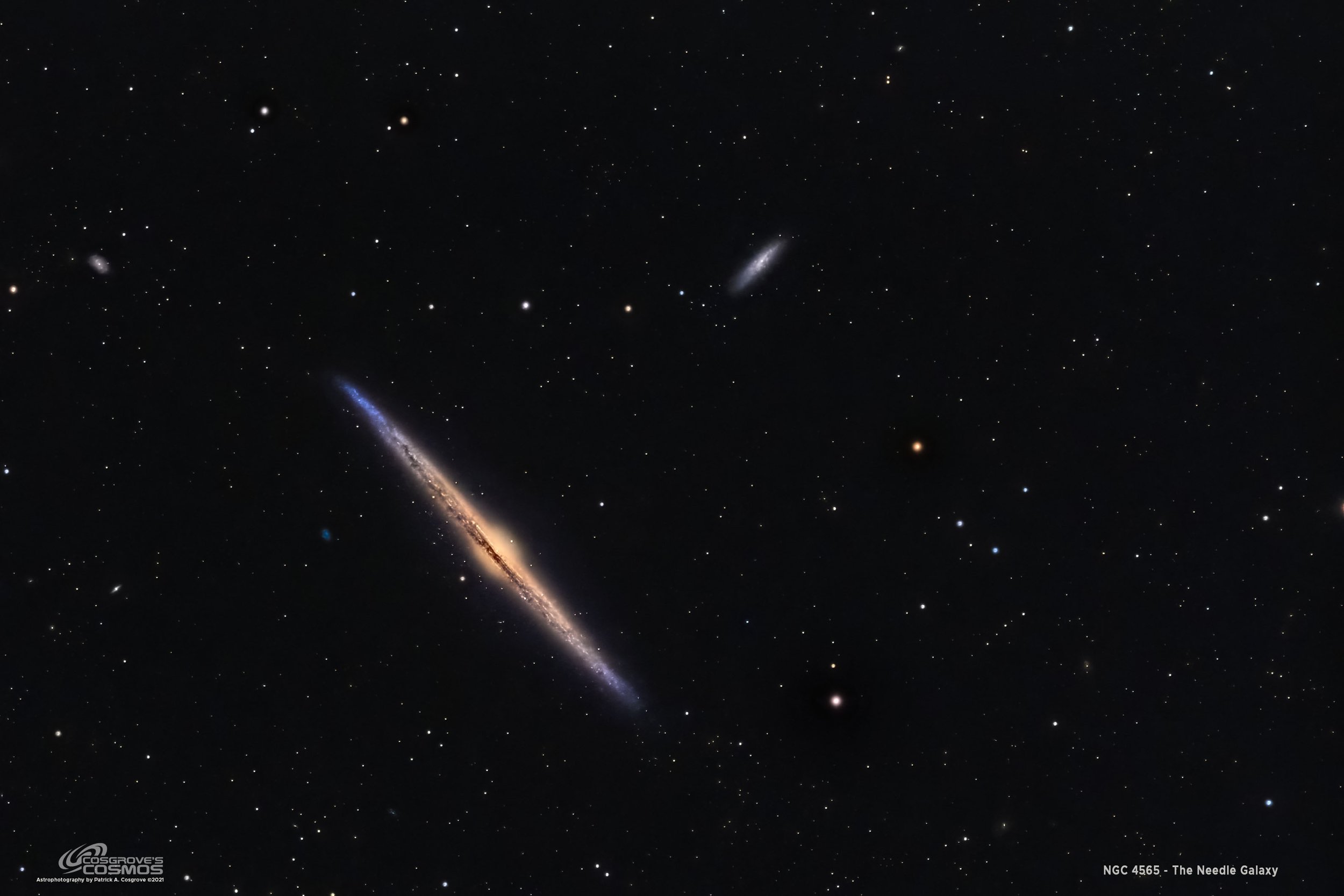
NGC 4565 - The Needle Galaxy - 11.5 hours in LRGB
NGC 4565, The “Needle Galaxy” is a classic example of an edge-on spiral galaxy. This is one of my favorite galaxies and I was very happy to finally have the chance to shoot this target! This was the result of 11.5 hours of LRGB data integration taken with the Williams Optics 132mm FLT APO scope, the CEM60 mount, and the ASI1600MM-Pro camera.
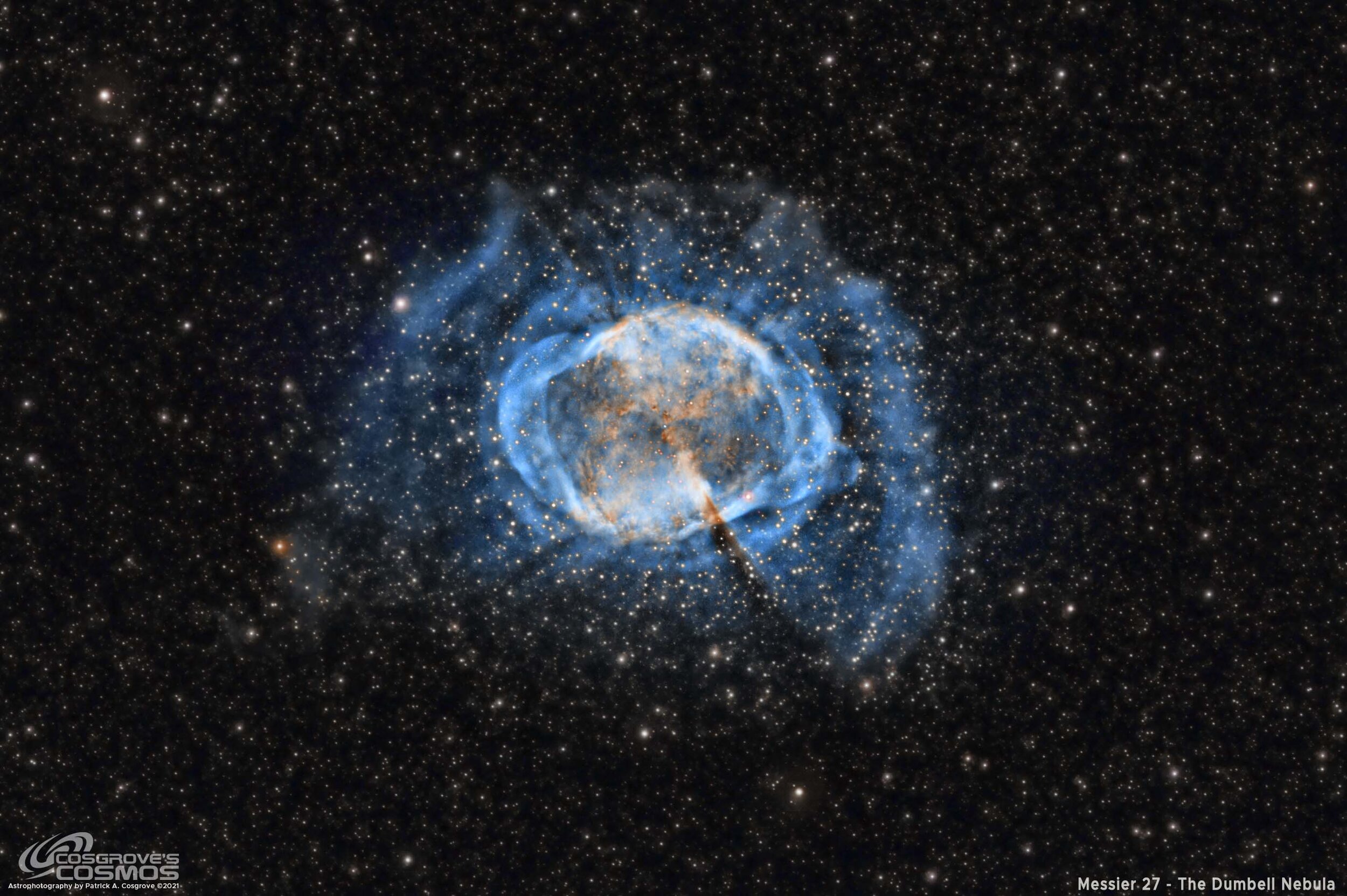
Messier 27 - The Dumbbell Nebula in Narrowband - 10.25 Hours
Messier 27 is the well know and often photographed Dumbbell Nebula located about 1200 light-years away in the constellation Vulpecula. This is the third time that I have imaged this object - and this one stands out because it was taken in narrowband with over 10.25 hours of integration! It reveals details that I have rarely seen associated with M27.
This was shot with the AP130 platform using the ZWO ASI2600MM-Pro Camera.
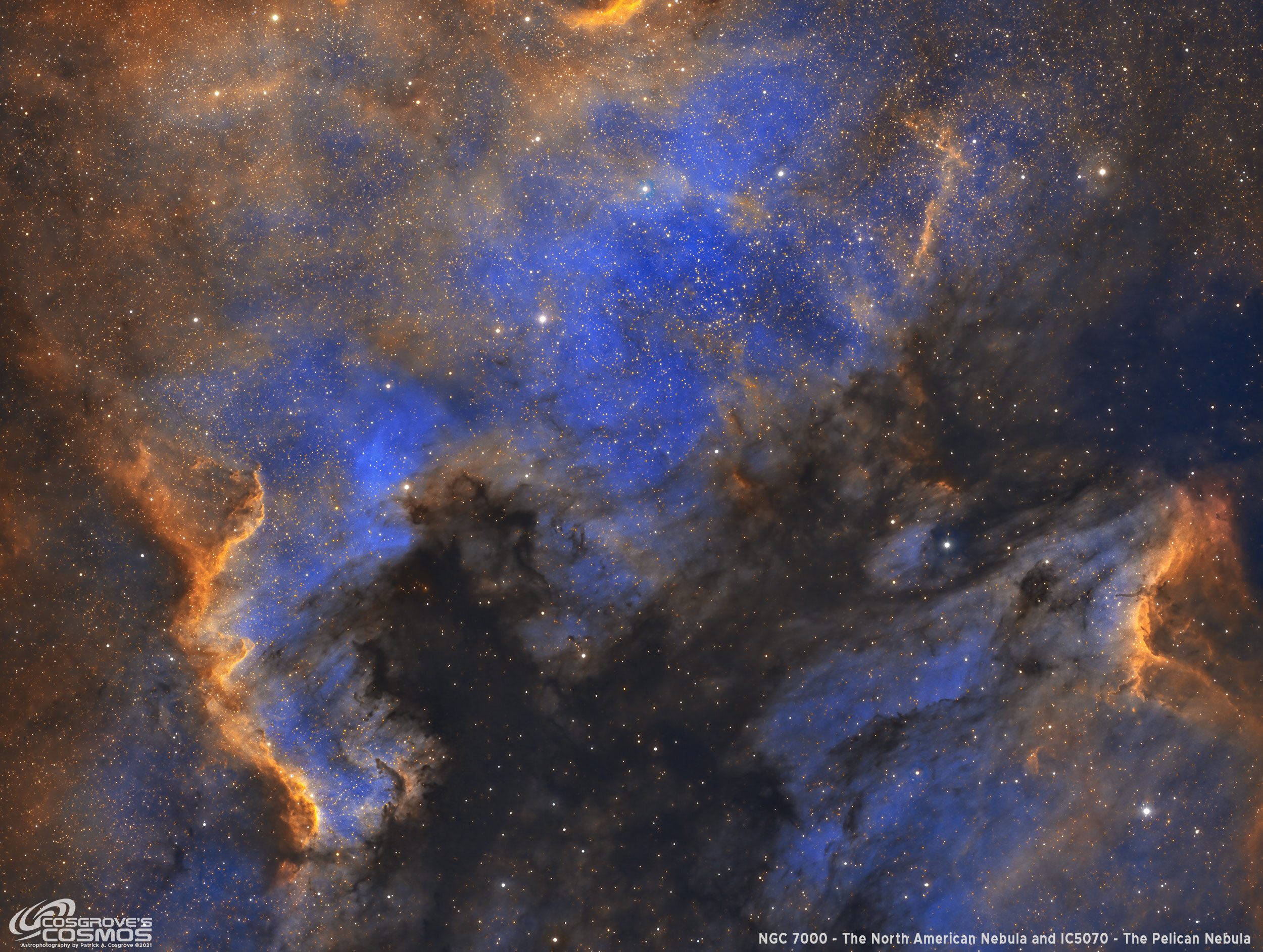
NGC 7000 (The North American Nebula) with IC5070 (Pelican Nebula) in Narrowband- Total of 9.33 Hours
NGC 7000, also known as the North American Nebula and Caldwell 20, is a large H II emission nebula located in the constellation of Cygnus (The Swan). It measures roughly 2 degrees by 1.5 degrees in size, making the nebula about 10X larger than the area covered by the full moon.
Also included in this view is the Pelican Nebula IC 5070
This image is the result of 9.33 hours of integration in Narrowband and rendered in the Hubble Palette.
Extensive notes on image processing are included for the first time.
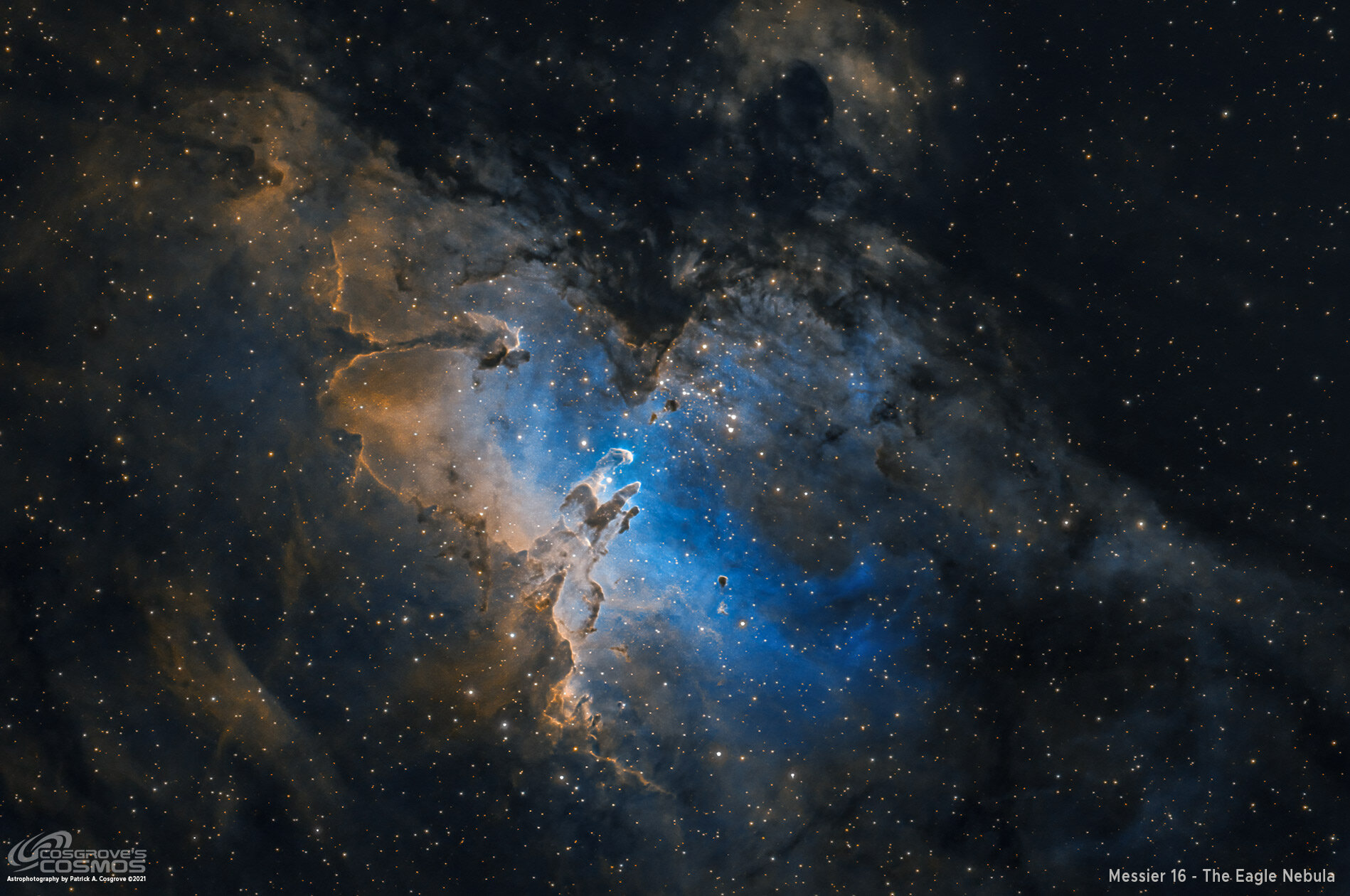
Messier 16 - The Eagle Nebula / Pillars of Creation in SHO
My third time shooting Messier 16 - The Eagle Nebula - this time with the ASI2600MM-Prop camera shooting in SHO. Difficult conditions required some new processing techniques.
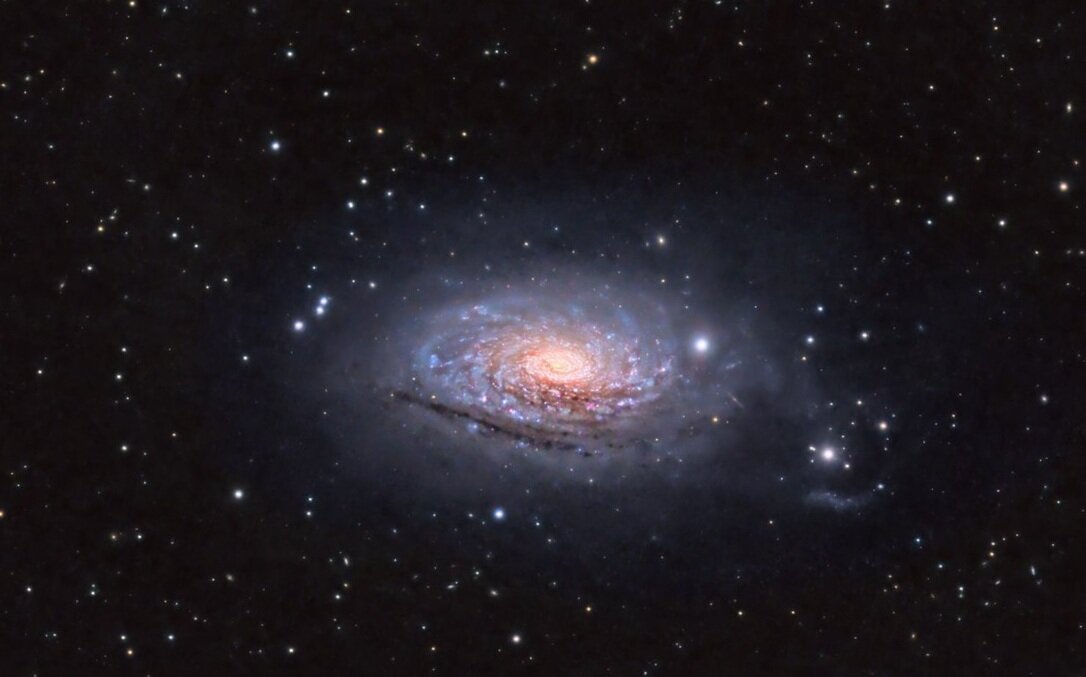
Messier 63 - The Sunflower Galaxy in HaLRGB (First Light on My New ZWO ASI2600MM-Pro Camera!)
Messier 63, The Sunflower Galaxy in LRGB. First image using the new ZWO ASI2600mm-Pro Camera!
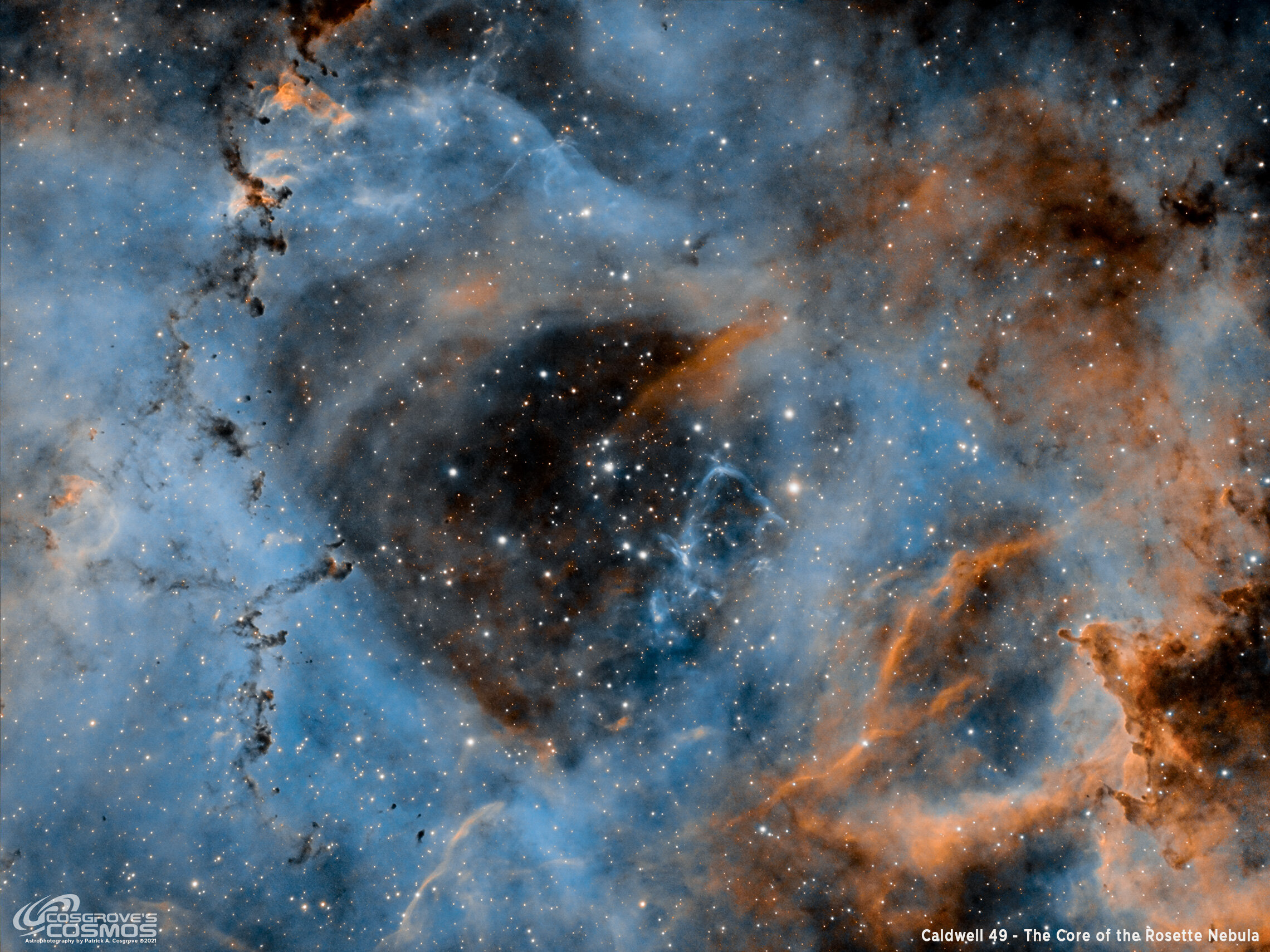
C49: The Rosette Nebula in SHO
Astrobin Top Pick!
Also known as the "Skull Nebula" and Caldwell 49, the Rosette Nebula is a large HII region of bright gas and filaments of dark dust, located in the constellation of Monoceros. The open cluster NGC 2244 (discovered by John Flamsteed in 1690) is associated with this region - the stars of which were formed within this molecular cloud. Located 5000 light years away, and measuring 65 light years in diameter,
